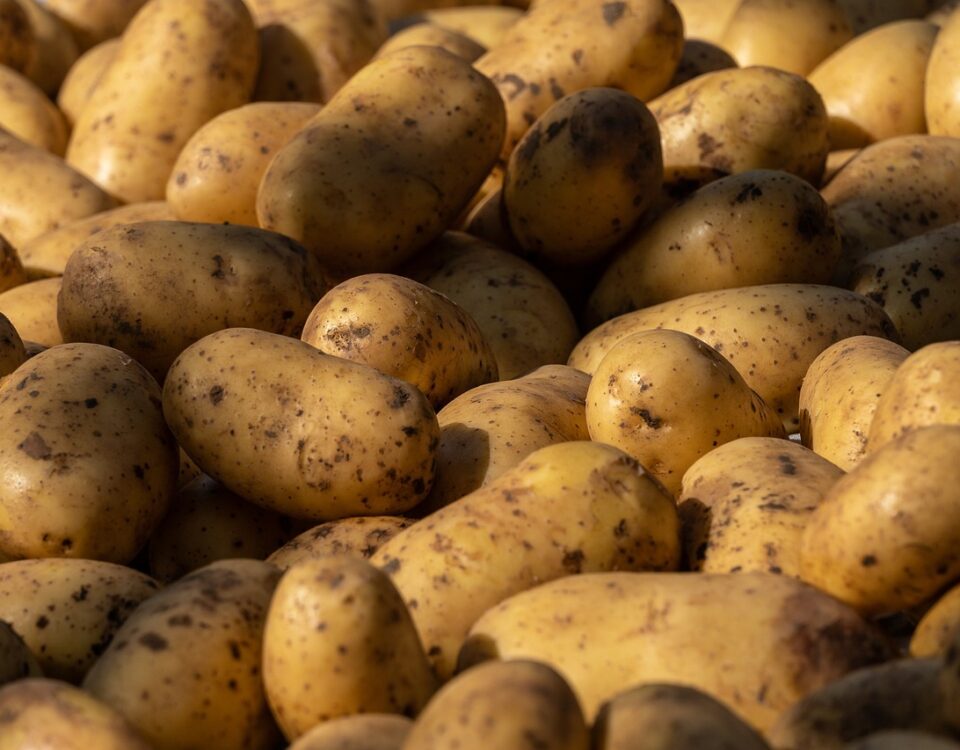
Our Weekly Economic News Roundup: From Fast Food to Fast Fashion
February 25, 2023What We Are Drinking
February 27, 2023When the dairy industry wanted to encourage more milk drinking, they produced very funny “Got Milk” ads like this one. Do take a look:
It did not quite work out.

Milk Consumption
During 1980, we drank close to 30 gallons of milk a year while in 2021, it sunk to 16. More specifically, children, teenagers, and adults all are drinking less milk. One reason could be we are eating less cereal–or as an economist would say, less of a complement. In addition, substitutes (another demand determinant) have become more attractive. However, (happily) sugary drinks did not take us away from milk.
Instead, it appears to have been plant-based milk.
Dairy farmers even went to court to try to prevent the plant-based producers from using the word milk. Responding, the 9th Circuit said that because a “reasonable consumer” knew the difference between almond milk and cow’s milk. Blue Diamond Growers would not be required to say “imitation milk” on their labels. Then, making it even worse for the dairy industry, last Wednesday, in its draft guideline, the Food and Drug Administration said it was okay for plant-based drinks to call themselves milk. They did suggest though that they include a nutritional label showing the differences.
Our Bottom Line: Tradeoffs
As economists, we should always return to tradeoffs and cost (defined economically as what we sacrifice). Drinking cow’s milk, the cost (sacrifice) is a plant-based alternative and vice versa. Next, as we consider the tradeoff, we can look at nutrition and the environment.
Nutrition
Deciding between dairy and plant-based milk, protein is the main difference. One hundred ml of dairy milk have 3.4 grams of protein while almond milk has 0.5. Furthermore, cow milk’s protein is considered more “complete” because of its essential amino acid content. But from there, looking at calcium and the vitamins that fortify plant-based milk, we see similar nutrition. As a result, concerned mostly about protein, Our World in Data concludes that people in high and middle income countries with a diverse diet will not suffer nutritionally if they trade dairy milk for a plant-based alternative.
Environment
Using four criteria, we see below that dairy milk will increase our carbon footprint:

So, the environmental impact of your diet might help the planet if you switch to a plant-based alternative. However, nutrition could be a sacrificed benefit.
My sources and more: My thanks to Slate Money’s Emily Peck for inspiring today’s post. Then, for more of the facts, rather dryly, the USDA told it all and the almond milk court case was here. Finally though, the most up-to-date source that you might want to read is a USA Today article on the word “milk.”
![econlifelogotrademarkedwebsitelogo[1]](/wp-content/uploads/2024/05/econlifelogotrademarkedwebsitelogo1.png#100878)




